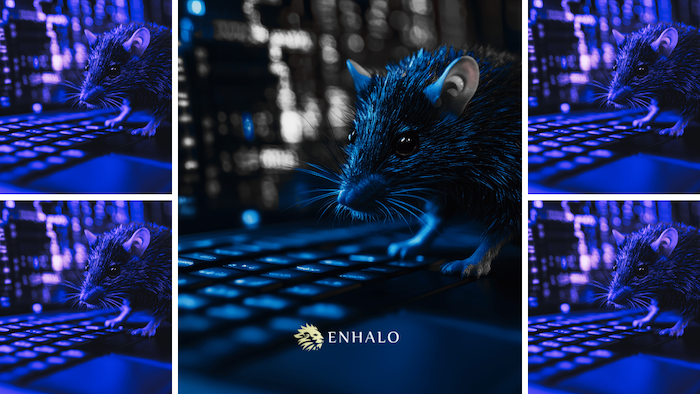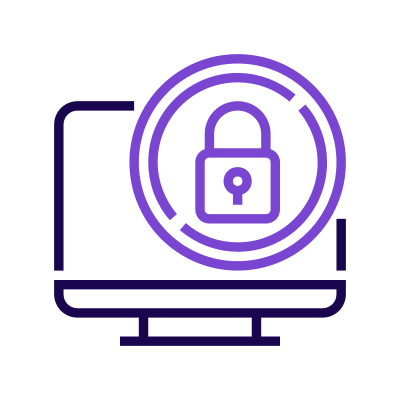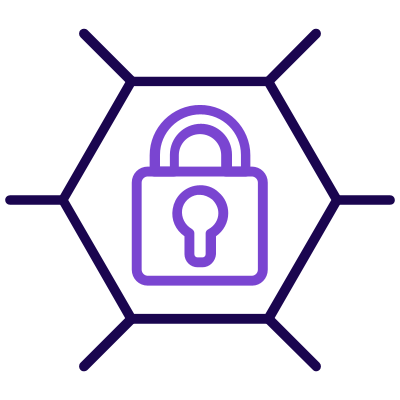In the murky world of cybersecurity, a silent but potent threat operates beneath the radar – Remote Access Trojans (RATs). These covert infiltrators slip past defences unnoticed, granting cybercriminals unrestricted access to sensitive data and full system control.
Stealth, persistence, and near-invisibility define these digital adversaries, making them formidable threats to businesses and individuals alike. Understanding how RATs operate, the vulnerabilities they exploit, and effective defence strategies isn’t just important – it’s urgent. Let’s expose the inner workings of Remote Access Trojans and, more importantly, arm you with the knowledge to keep them at bay.
How Remote Access Trojans Work
Think of Remote Access Trojans as digital spies, lurking unseen within systems while granting attackers remote control. Once embedded in a victim’s device, RATs enable cybercriminals to manipulate files, execute commands, and steal sensitive information – all without detection.
A RAT consists of two key components: the server, which infects the victim’s device, and the client, which the attacker uses to issue commands and extract data. The infection process typically starts with a phishing email, a malicious download, or an exploit targeting unpatched vulnerabilities.
Once installed, the RAT establishes a connection to a command and control (C2) server, often encrypting its communication to evade detection. From there, attackers can execute programs, log keystrokes, and even activate webcams and microphones – effectively turning the victim’s device into their own surveillance tool.
What makes RATs especially dangerous is their ability to persist within a system. Many disguise themselves as legitimate software, modify system files, or use rootkit functionality to maintain their foothold. Their stealthy nature means they often go undetected for long periods, giving attackers ample time to exploit the compromised system.
Common Methods of RAT Deployment
Cybercriminals deploy RATs using various attack vectors, exploiting human behaviour and system vulnerabilities alike. Here’s how they do it:
- Phishing Attacks – Fraudulent emails disguised as legitimate messages trick users into clicking malicious links or downloading infected attachments. This method remains one of the most effective RAT distribution tactics.
- Trojanised Software – Cybercriminals bundle RATs with seemingly legitimate applications and distribute them on torrent sites or unverified app stores. Unsuspecting users download these compromised programs, unknowingly installing a RAT alongside them.
- Exploiting Software Vulnerabilities – Attackers scan for unpatched systems with known vulnerabilities, injecting RATs without requiring user interaction. This technique is particularly dangerous for organisations that fail to apply critical security updates.
Understanding these methods is the first step to strengthening your defences.
Signs of a RAT Infection

Detecting a RAT infection is challenging because these threats are engineered to remain hidden. However, watch for these red flags:
- Unusual System Behaviour – Slow performance, frequent crashes, or programs opening and closing without user input may indicate unauthorised activity.
- Suspicious Network Traffic – Unexpected spikes in data usage or outbound connections to unknown IP addresses could signal a RAT communicating with an attacker.
- Webcam & Microphone Activation – If your webcam light flickers without reason or your microphone records unexpectedly, it could mean a RAT is spying on you.
- Unexplained File or Settings Changes – If files appear, disappear, or change without explanation—or if your credentials are used from unfamiliar locations—investigate immediately.
Early detection can mean the difference between a minor security incident and full-scale data compromise.
Risks Associated with Remote Access Trojans
The consequences of a RAT infection can be catastrophic. Here’s why:
- Data Theft – Attackers can extract everything from personal credentials to corporate secrets, selling stolen data on the dark web or using it for financial fraud.
- Facilitating Other Cyberattacks – RATs often serve as gateways for launching ransomware or additional malware, escalating the damage.
- System Manipulation & Backdoors – Attackers can reconfigure security settings, create hidden access points, and use compromised devices to breach entire networks.
The longer a RAT remains undetected, the greater the damage.
Protecting Your Devices from RAT Attacks
Cyber resilience starts with proactive defence. Here’s how to safeguard against RATs:
- User Awareness & Training – Educate employees and individuals about phishing tactics and suspicious downloads. Cyber hygiene is the first line of defence.
- Security Software & Firewalls – Use advanced endpoint protection and firewalls to monitor and block RAT activity before it takes hold.
- Patch & Update Systems – Regularly update software and operating systems to close security gaps that attackers might exploit.
- Restrict User Privileges – Limit administrative access to essential personnel only. The fewer people with high-level access, the harder it is for attackers to gain control.
- Regular Security Audits – Periodic assessments can identify weaknesses before attackers do.
A layered security approach is essential to staying ahead of cybercriminals.
Case Studies of RAT Attacks
DarkComet: A Tool of Cyber Espionage
Used in numerous cyber espionage campaigns, DarkComet allowed attackers to infiltrate government and financial systems, resulting in sensitive data breaches and significant financial losses.
Citadel: The RAT Behind Banking Fraud
A variant of the Zeus malware, Citadel stole banking credentials through phishing attacks. Law enforcement dismantled the network, but not before financial institutions suffered heavy losses.
Emotet: Evolving into a RAT Powerhouse
Initially a banking Trojan, Emotet evolved into a multi-functional RAT, distributing additional malware and causing widespread infections across industries.
These cases underscore the evolving sophistication of RATs and the importance of constant vigilance.
Legal Implications of Using Remote Access Trojans
Deploying RATs isn’t just unethical – it’s illegal. In most jurisdictions, unauthorised access to computer systems is a criminal offence, carrying heavy fines and potential imprisonment. Organisations failing to secure user data can also face lawsuits and compliance penalties under data protection laws.
Additionally, cybercriminals operating across borders create legal complexities, making international enforcement challenging. As cyber threats evolve, legal frameworks must keep pace to deter and prosecute offenders effectively.
Reporting and Responding to a RAT Incident
If you suspect a RAT infection, act fast:
- Report the Incident – Notify your IT or security team immediately. Early intervention is key.
- Isolate the Infected Device – Disconnect it from the network to prevent further spread.
- Investigate & Remediate – Conduct forensic analysis to identify the RAT, its entry point, and affected systems.
- Strengthen Security Measures – Patch vulnerabilities, update software, and enhance monitoring tools to prevent recurrence.
- Review & Learn – Every security incident is a learning opportunity – update policies accordingly.
A well-prepared incident response plan can significantly minimise damage.
Conclusion and Key Takeaways
Remote Access Trojans are among the stealthiest and most damaging cyber threats, capable of extensive data theft, surveillance, and system control. By understanding how RATs operate, how they spread, and the warning signs of an infection, individuals and businesses can bolster their defences against this silent invader.
Key Action Points:
- Stay vigilant against phishing and malicious downloads.
- Maintain up-to-date security software and system patches.
- Monitor for unusual system behaviour and network activity.
- Implement strong access controls and security audits.
- Have an incident response plan ready to act swiftly.
Cyber threats won’t wait. Neither should your defences. Stay informed, stay prepared, and stay secure. Cyber threats evolve daily – so should your defences. If you want expert insights or tailored cybersecurity strategies, let’s talk. The best time to strengthen your security was yesterday. The next best time? Right now.







